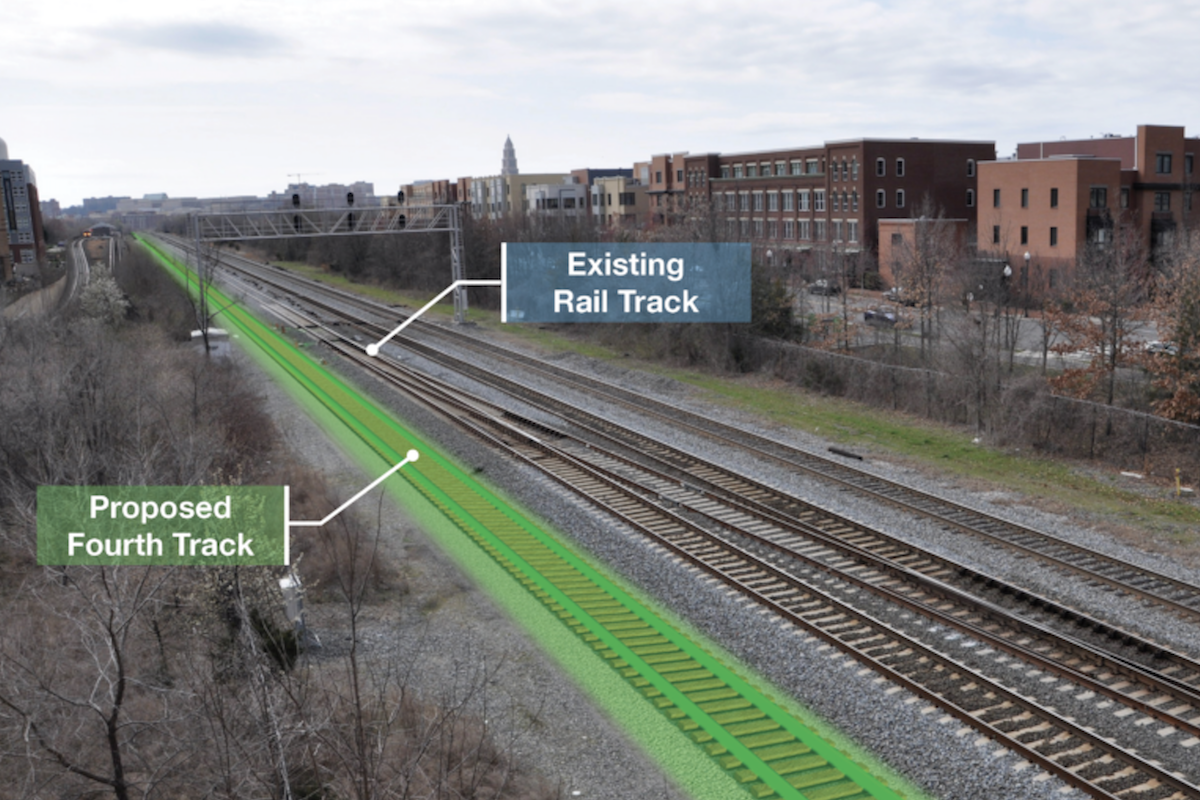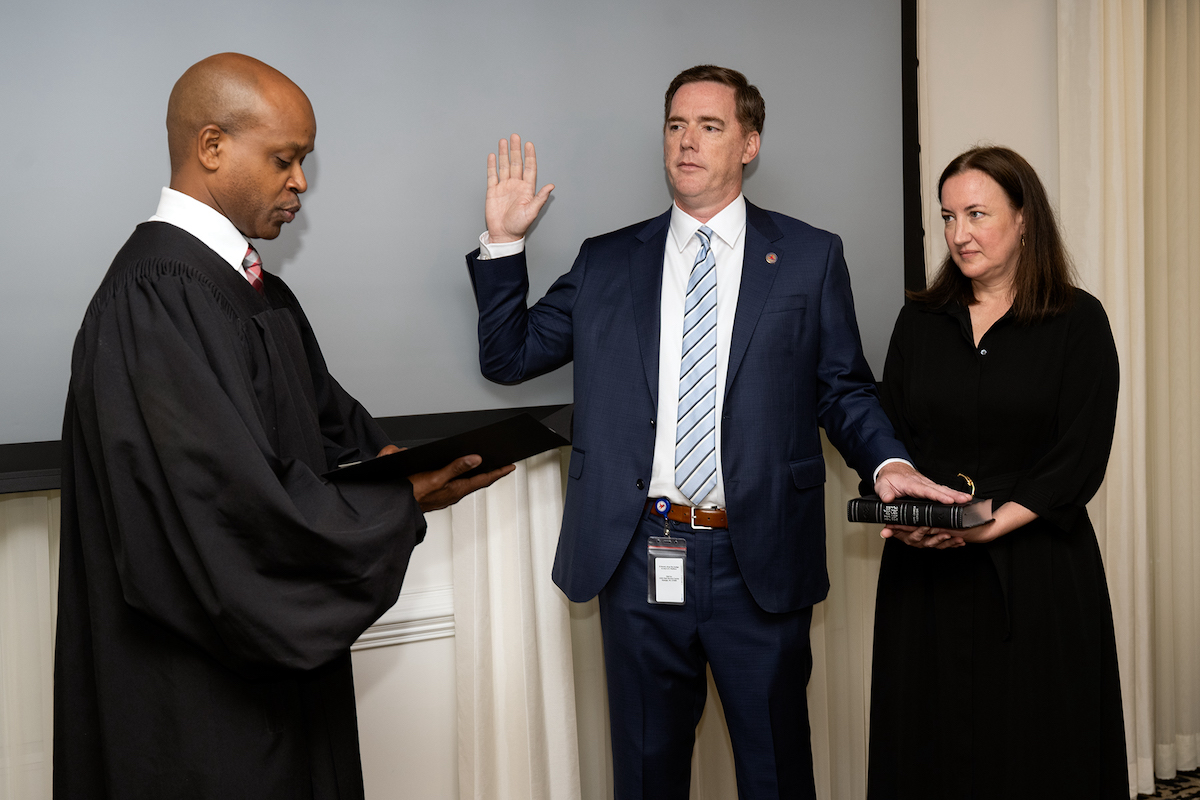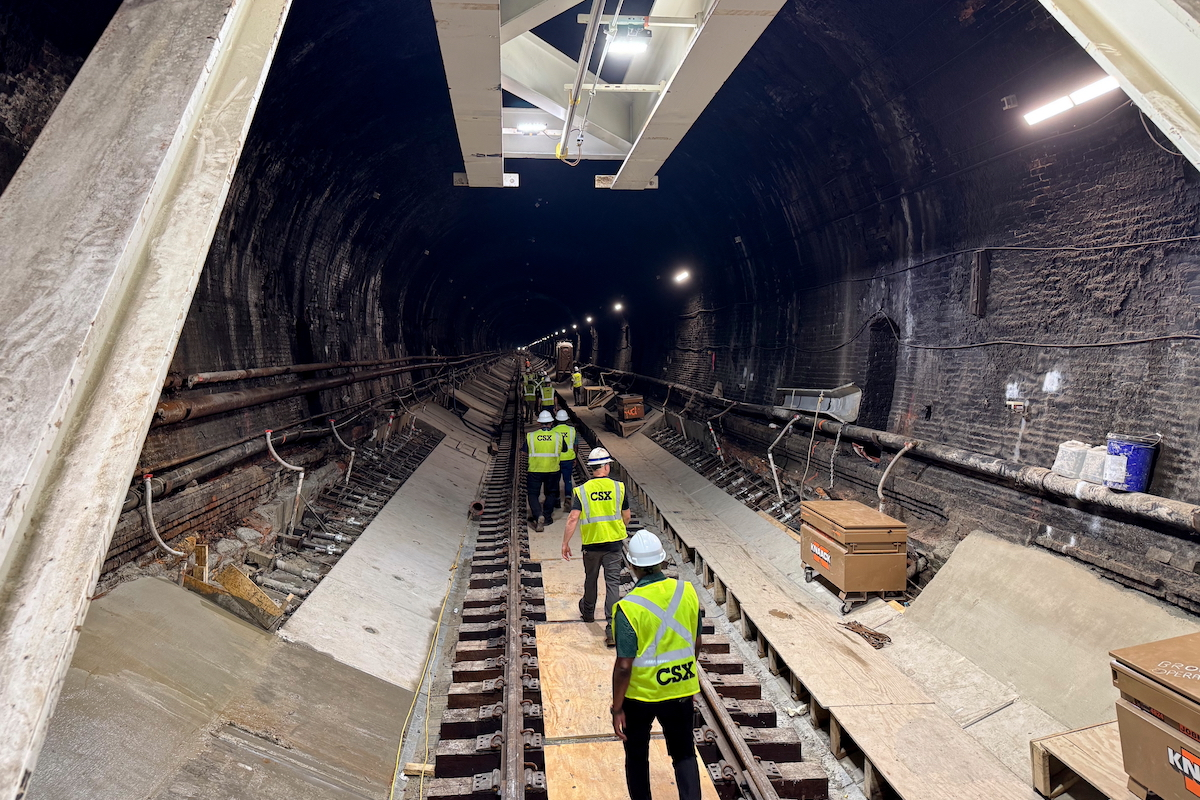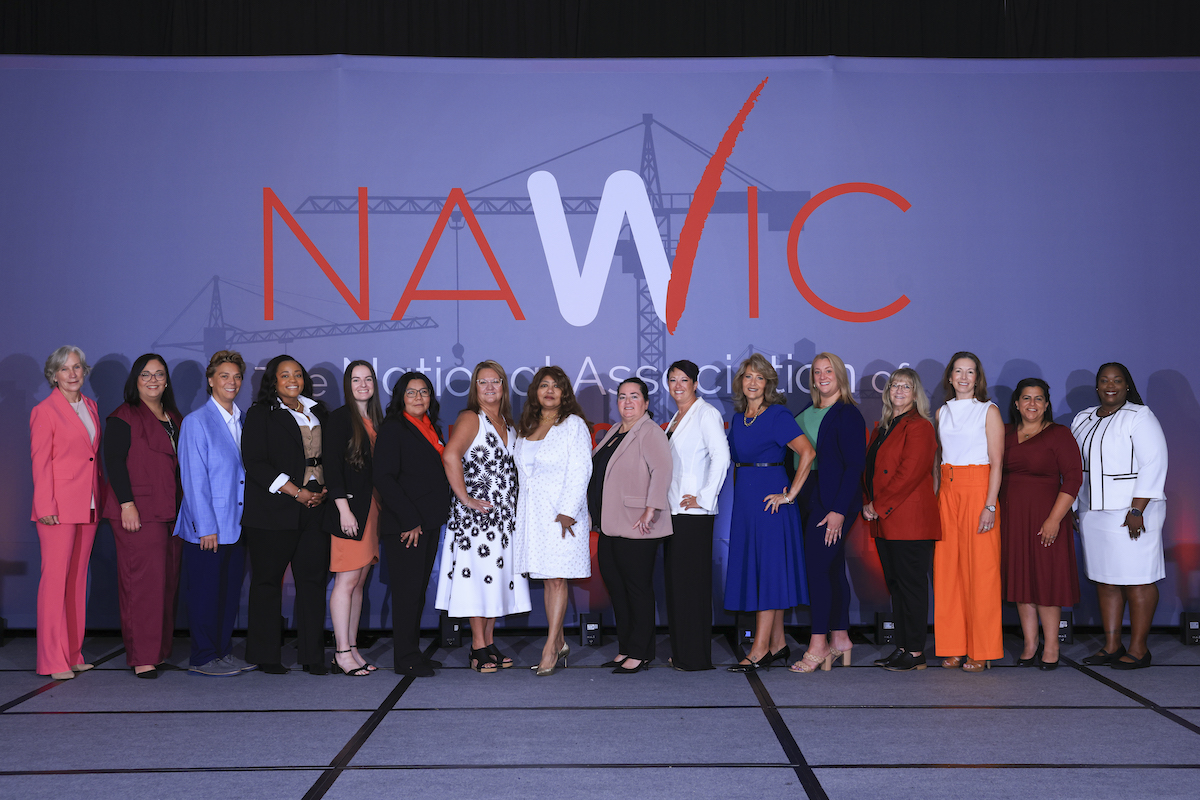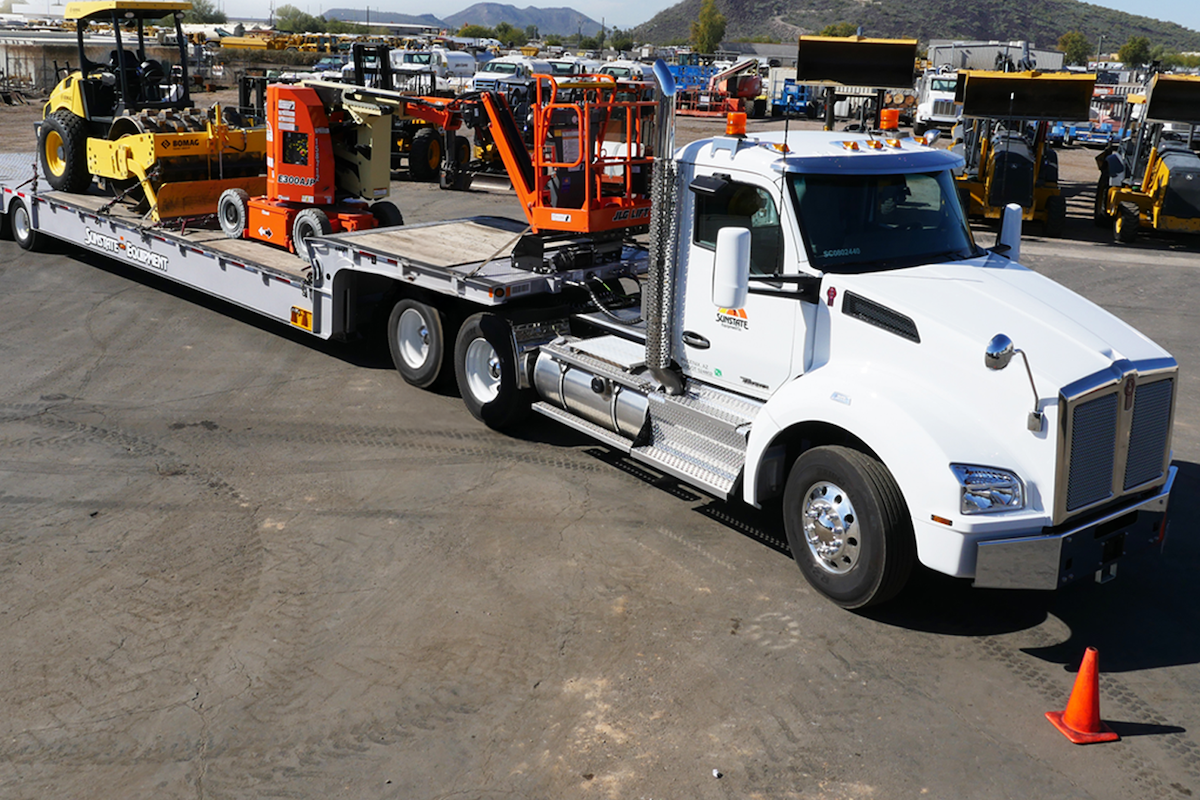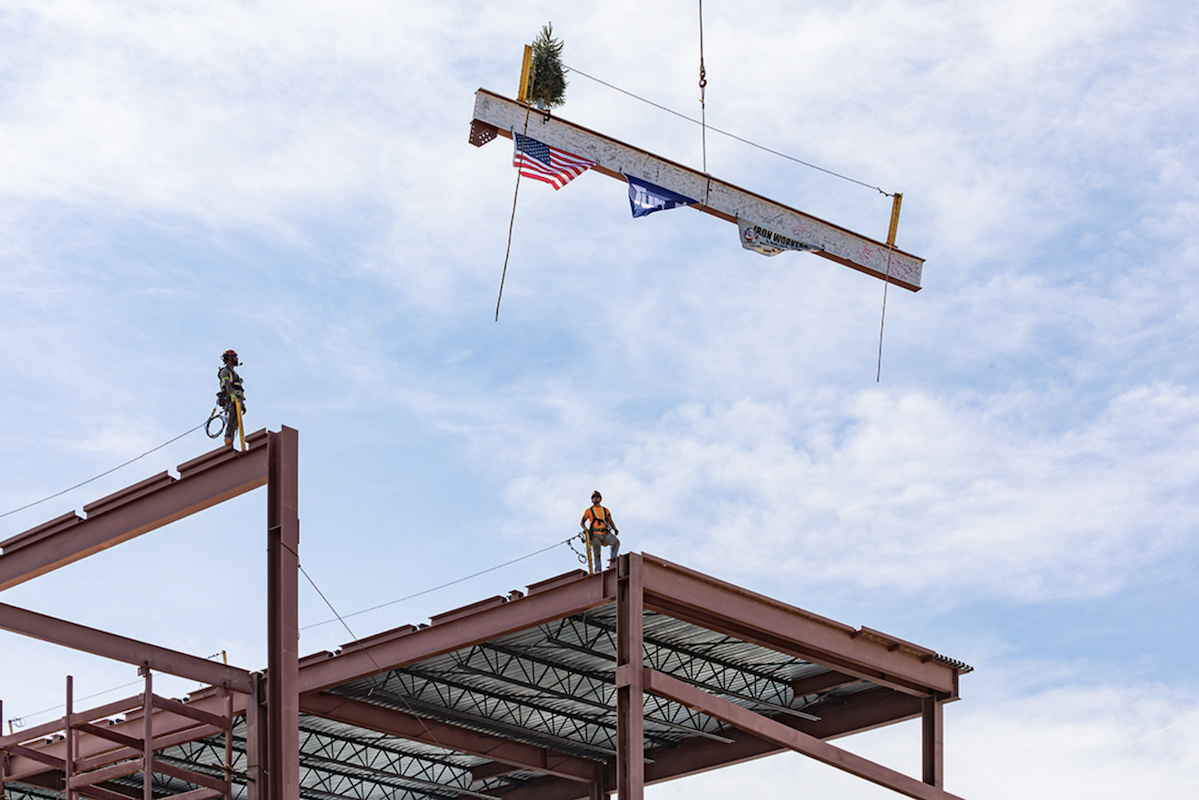“The project, which also includes several approach ramps, is valued at $475 million – the largest project Alabama Department of Transportation (ALDOT) has ever let,” he said. “The main downtown span is being replaced after being determined that it was both structurally deficient and functionally obsolete. However, because the thoroughfare is so key to the downtown area, ALDOT needed things done quickly. So, we committed to an aggressive time frame: one year from the time traffic was diverted off the bridge to the time it is opened.”
Maintaining such a compressed schedule meant choosing the construction technique best suited for quick structural assembly. With that in mind, a segmental bridge design consisting of 2,316 individual pre-cast, post-tensioned segments was chosen. With expedience in mind, more than a year before the old structure was even leveled, work was ramping up at JBC’s casting yard to begin creating segments.
JBC is using a process called “match casting,” a precision manufacturing process that creates each segment to be a perfect fit with the segments that will be installed adjacent to it on the finished structure. To ensure accuracies are maintained, each casting bed is overseen by a spotter in a tower using a Topcon theodolite and an auto level, both of which are mounted atop a concrete column. According to Brian Mayorga, one of JBC’s Casting Bed Spotters, their role is critical for quality control.
“Right out of the gate, we have a target on each tower so that, when we set up, we line up precisely on that target,” he said. “With that verified, we have numbers that we site in order to establish a benchmark. Then, using the theodolite, we shoot the corners of where a segment will tie in to the next one, and use the auto level to lock down the slope between the columns and the ends of each pre-cast section to ensure accuracies. Small bolts in the concrete act as elevation points and are used to obtain the geometry needed to verify the correct super elevation.

| Your local Komatsu America Corp dealer |
|---|
| Linder Industrial Machinery |
Because the concrete is being bucketed into the molds, there are always cranes rolling past these beds. That causes serious vibration, which, with other instruments we’ve used in the past, led to a tendency to “float”.
“That’s not the case with these units,” said Mayorga. “They are very stable and not affected by the vibration at all.”
“We had about 60 percent of the column footers in before we even tore the old bridge down,” said Anderson. “Then, to further move things along, we minimized the amount of cast-in-place work, opting instead to precast as much as possible – including the columns and caps. Doing so meant that, often within three days of them coming on site, we could have a series of completed columns and caps up and ready to support segments. That was a huge timesaver.”
In addition to alleviating Birmingham’s traffic woes, JBC had a real incentive to keep things on track: there was a $250,000 per day penalty for every day the project extended past the deadline. Conversely a rather sizeable “incentive” was in place for finishing the project within that one-year time frame.
“I’ve had a relationship with the Dudley company since we were on a job together in 2006,” he said. “The fact that I knew them, felt comfortable with them and they were right here in town was huge for us in making our decision. Because of the tight time frame, we couldn’t afford to have to go to Atlanta or elsewhere to get a calibration or a fix if something went wrong. Now, if a guy breaks a bipod in the morning, we know we’ll have a replacement that afternoon.”

| Your local Bomag Americas dealer |
|---|
| Linder Industrial Machinery |
That vote of confidence, said Brian Singleton, Dudley’s Sales Representative, is the result of a concerted effort on their part to make it happen. ”We always try to look at our relationship with the customer as a partnership,” he said. “If they have a problem and we can’t make it right, it hurts us both. So, we’ve been working with them from very early on, helping them integrate the use of survey gear at the precast plant, and everything moving forward. That’s just the way we do things.”
The full scope of the segmental process starts with establishing grade and laying out three corners of the crane mats which serve as the base for the shoring towers. With those in place, the tops of the structures are “as-built” to verify elevation and position.
“Robotic is really the best way to do a job like this,” said Art Buckman, one of JBC’s survey crew members. “To get our control, we set up a robotic total station over an established center line on either an already-completed section or a standalone column. At that point, the first segment – there are generally between 10 to 12 per span with either a pier section or expansion joint piece at either end – is craned up and positioned. Once up, we shoot the centerline and verify two line check points and four elevation points which are based on elevations entered into our data collector by Jason. Once we make any necessary adjustments needed to maintain that 1/16-inch tolerance we survey the corners and move on.”
Alexander said that he was impressed with the sophistication of the digital levels from Topcon. “Having the digital levels connected to the data collectors made things so much easier than in the past,” he said. “Because we are using the same software to communicate with both the robot and the level, we have great on-site connectivity. That makes a huge difference, in that we can easily switch back and forth between the two. It also removes the risk of human error and increases accuracy. They’ve been some of the most impressive instruments out here.”
According to Anderson, the choice of robotic total stations proved the right one from the casting yard throughout the course of the project. “We purchased seven of the robotic units and probably could not have done it any better way,” he said. “The proximity of our work area would have made use of any GPS instruments a real challenge. And, from both a quality and efficiency perspective, the robotic total station was the way to go. It allowed us to keep our crew size down to two men versus three or four, yet still get the same amount of work – or more – done.”

| Your local Topcon Positioning Systems Inc dealer |
|---|
| Linder Industrial Machinery |
The final segment for the I-59/20 structure was placed in October, putting JBC well on pace for an on-time or early completion.















